A portion of China’s Greater Bay Area has been named the world’s largest innovation cluster, underscoring Beijing’s drive for technological self-reliance at a time of rising geopolitical uncertainties with the United States.
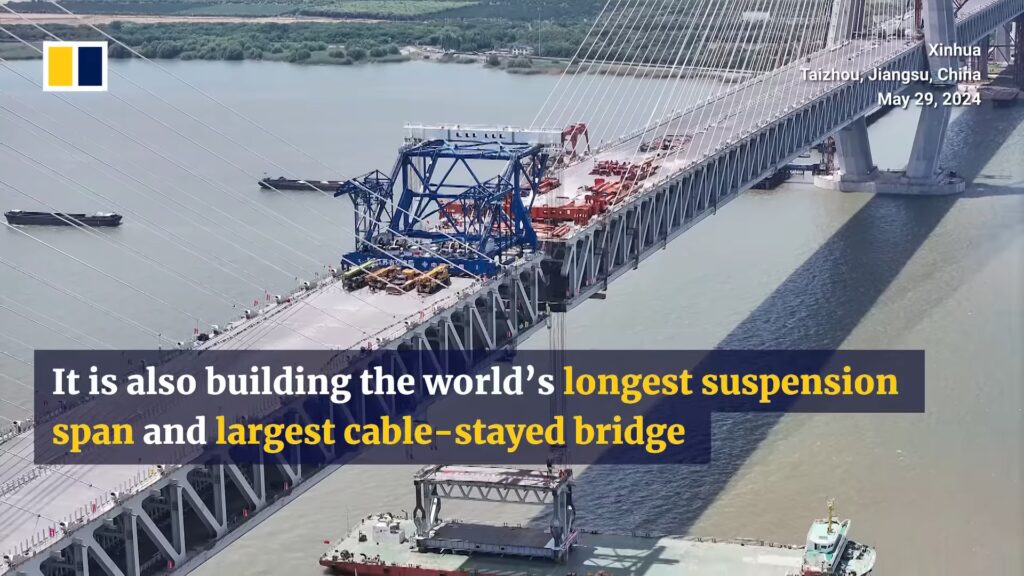
The Shenzhen-Hong Kong-Guangzhou technology hub – the heart of the bay area plan – has overtaken Tokyo-Yokohama to become the world’s largest innovation cluster, according to the World Intellectual Property Organisation’s (WIPO) 2025 Global Innovation Index released on Monday.
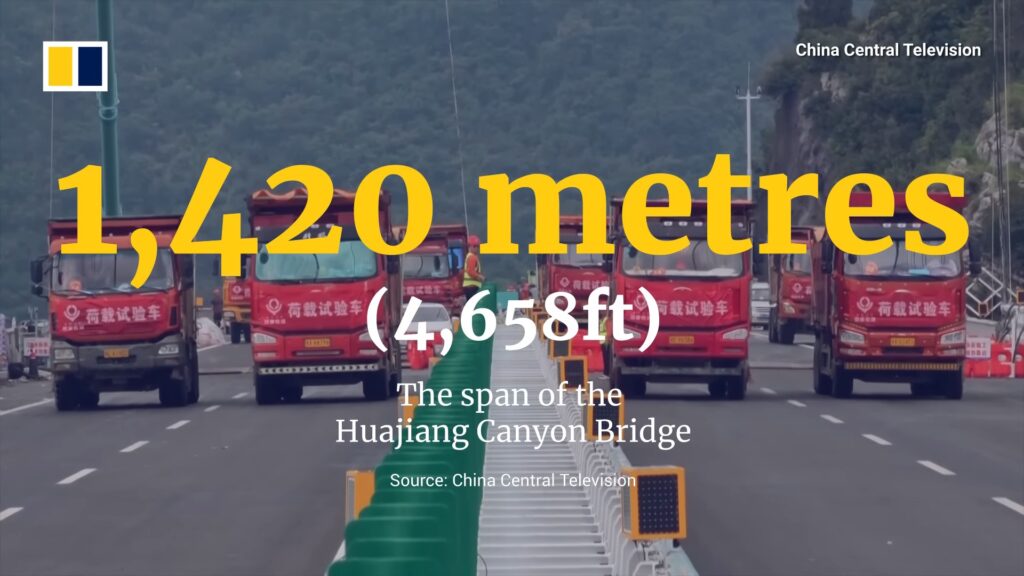
It marks the first time the region has topped the global ranking after holding the No 2 spot for five consecutive years. Further down the list, the San Jose-San Francisco cluster jumped three spots to third place, followed by Beijing in fourth, then Seoul, Shanghai–Suzhou and New York City.
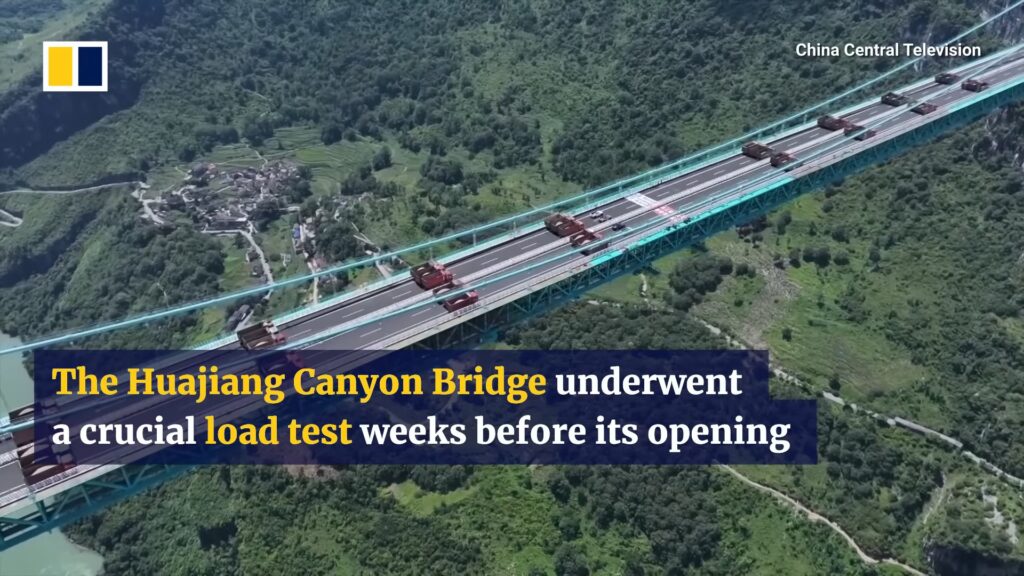
The Macau-Zhuhai cluster, another part of the area, made the world’s top 100 for the second year running, highlighting the development plan’s global influence in technological innovation.
Spanning Hong Kong, Macau, Shenzhen, Guangzhou and several other cities in southern China’s Guangdong province, the Greater Bay Area is at the heart of Beijing’s push to innovate in frontier sectors like advanced manufacturing, artificial intelligence and biotechnology. The area’s sizeable talent pool and rapid capital flow have aided these efforts.

China now has 24 innovation clusters in the global top 100, outpacing the US count of 22 and Germany’s seven to become the most represented country in the ranking.
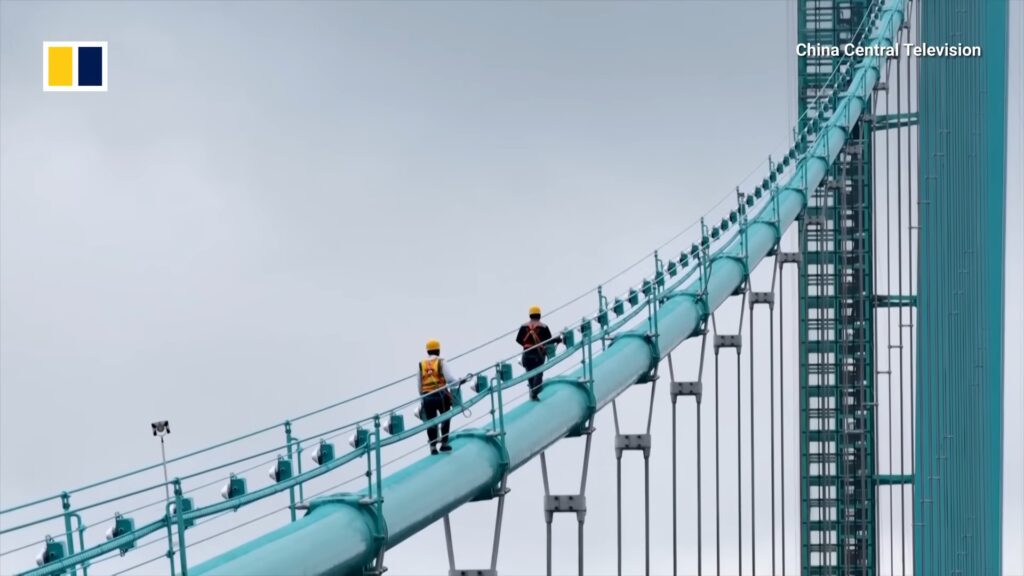
While Silicon Valley has long been a symbol of cutting-edge entrepreneurship, the rise of the Shenzhen-Hong Kong-Guangzhou technology hub suggests China is finding success as it seeks to reduce reliance on foreign technology; a mission that has taken on greater urgency as the US attempts to curb access to cutting-edge semiconductors and global supply chains.
The WIPO index, launched in 2017, tracks concentrations of innovation activity across major economies based on three measures: international patent filings, scientific publications and venture capital (VC) deals – a newly added metric this year.
****More Related Articles***
Touching the Clouds: China is Building the World’s Highest Bridge
When it comes to pushing the boundaries of engineering, there are few places on Earth as ambitious as China. The nation is home to a staggering list of the world’s longest, largest, and most technologically advanced infrastructure projects. And now, they’re preparing to break another one of their own records.
In the heart of the rugged, mountainous landscape of Guizhou province, a new titan of engineering is rising: the Huajiang Grand Canyon Bridge. When completed, it will become the world’s highest bridge, a steel and concrete marvel suspended over a breathtakingly deep chasm.
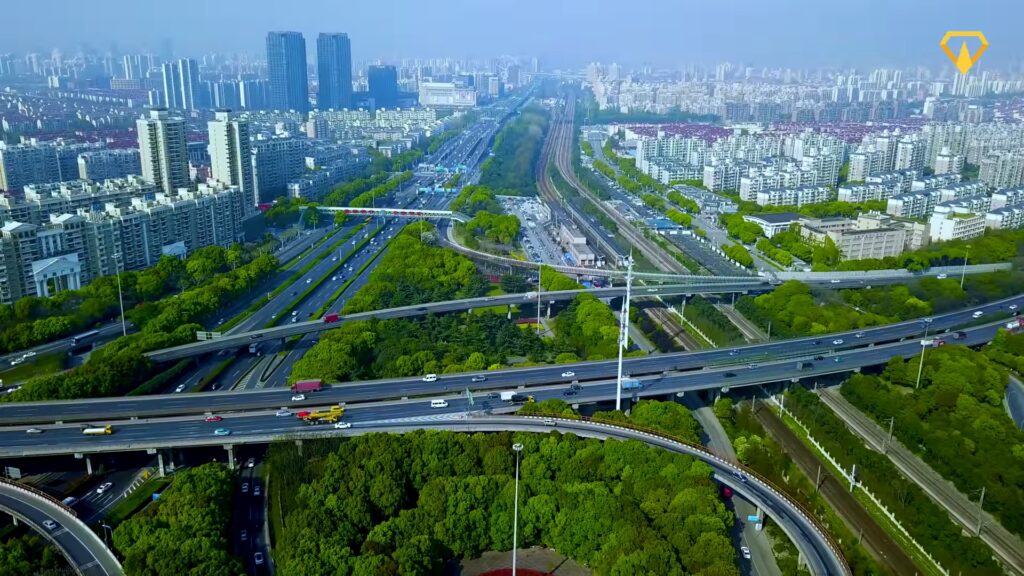
Just How High Are We Talking?
Let’s get straight to the numbers, because they are mind-boggling. The deck of the Huajiang Grand Canyon Bridge will hover an incredible 625 meters (2,050 feet) above the Beipan River below.
To put that into perspective:
- That’s taller than Japan’s Tokyo Skytree, the third tallest structure in the world.
- It’s nearly twice the height of the Eiffel Tower.
- If you were to drop an object from the bridge deck, it would fall for over 11 seconds before reaching the water.
This new project will snatch the “world’s highest” title from another Chinese bridge, the Beipanjiang Bridge (also in Guizhou), which stands at 565 meters. It’s a clear demonstration of China’s relentless drive to outdo even its own incredible accomplishments.
(A quick engineering note: “highest” refers to the distance from the bridge deck to the ground or water below, while “tallest” refers to the height of the bridge’s own structure, like its towers.)
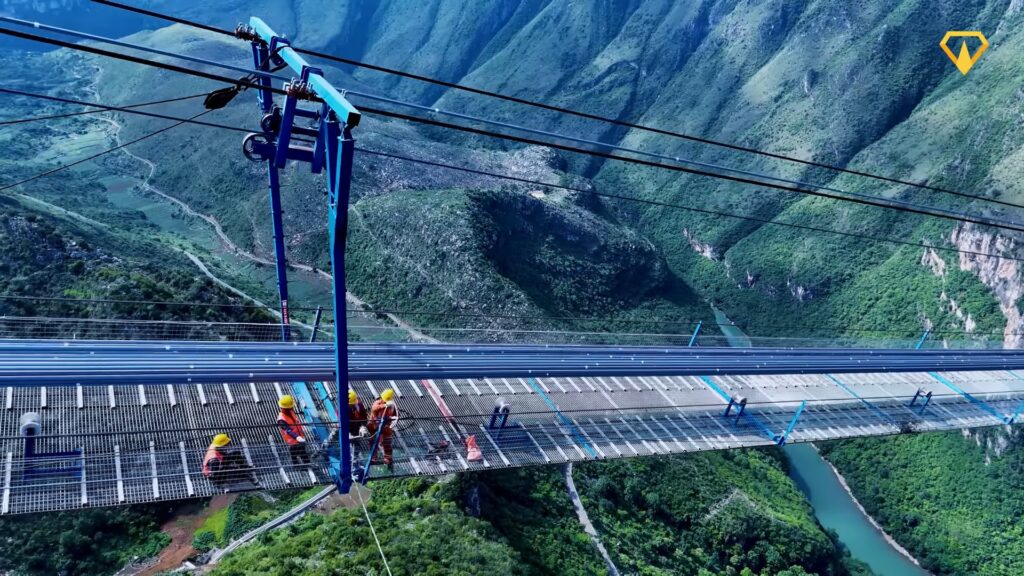
More Than a Record: It’s a Lifeline
While breaking records is impressive, the Huajiang Grand Canyon Bridge is being built for a much more practical reason. It’s a crucial link in the new Lixiang-Anlong Expressway, a highway designed to connect the remote, mountainous regions of Guizhou.
Currently, navigating the treacherous mountain roads to cross the canyon takes over an hour. When the bridge opens in 2025, that same journey will take about one minute.
This is a game-changer for the local economy and communities. The bridge will:
- Boost Commerce: Facilitate the faster and cheaper transport of goods.
- Spur Tourism: The dramatic structure and its location are set to become a destination in their own right, with plans for observation decks and visitor centers.
- Improve Access: Connect isolated communities to schools, hospitals, and economic opportunities in larger cities.
The “Bridge Capital of the World”
It’s no accident that this record-breaking bridge is being built in Guizhou. The province’s geography is a dramatic mix of limestone plateaus and deep, river-carved canyons. For centuries, this terrain made travel and development incredibly difficult.
In response, China has turned Guizhou into a living museum of modern bridge engineering. The province is home to nearly half of the world’s 100 highest bridges. Driving through Guizhou is a surreal experience, as you soar over one impossibly deep gorge after another on these elegant, gravity-defying structures.

The Huajiang Grand Canyon Bridge is the latest and greatest chapter in this story. It’s a suspension bridge with a main span of 1,420 meters, anchored by two massive towers on either side of the canyon. The construction itself is an engineering ballet, with workers and machinery operating at dizzying heights in challenging conditions.
A Symbol of Ambition
The Huajiang Grand Canyon Bridge is more than just concrete and steel. It is a powerful symbol of human ingenuity and national ambition. It represents a commitment to connecting every corner of the country, no matter how remote, and a willingness to invest in infrastructure on a scale that is hard to comprehend.
When it opens in 2025, drivers will glide effortlessly across a chasm that was once a formidable barrier. They will be participating in a quiet miracle of modern engineering, suspended between the clouds and the canyon floor, on the highest bridge the world has ever seen.
****More Related Articles***
China made the world’s highest bridge
Touching the Sky: The Story of the Duge Bridge, the World’s Highest Crossing
Imagine driving on a ribbon of asphalt so high that the clouds drift below you. Imagine a structure so immense it spans a gaping chasm, suspended higher than the tallest skyscrapers in New York City. This isn’t a scene from a sci-fi movie; it’s the daily reality for commuters crossing China’s Duge Bridge.
Officially the world’s highest bridge, this engineering marvel is a testament to human ambition and a powerful symbol of modern China’s infrastructural prowess.
A Bridge of Staggering Numbers
Let’s get the jaw-dropping statistics out of the way first. The Duge Bridge (also known as the Beipanjiang Bridge Duge) boasts a road deck that sits a staggering 565 meters (1,854 feet) above the Beipan River below.
To put that into perspective:
- That’s higher than the Empire State Building.
- You could stack two Statues of Liberty on top of each other, and you still wouldn’t reach the bridge deck.
- It’s nearly 200 meters higher than the previous record-holder.
When you see photos or videos of the bridge, cars often look like tiny specks floating through the sky, with the river a distant, silver thread at the bottom of a colossal gorge.
Highest vs. Tallest: An Important Distinction
Now, for the engineering enthusiasts, it’s important to clarify a key point. The Duge Bridge is the highest bridge in the world, measured by the distance from the bridge deck to the ground or water below.
This is different from the tallest bridge, a title often given to the Millau Viaduct in France, which has the tallest structural towers. While Millau’s towers are immense, its deck is “only” 270 meters (886 feet) above the valley floor. The Duge Bridge achieves its record-breaking height by spanning an incredibly deep and dramatic natural canyon between the provinces of Guizhou and Yunnan.
More Than Just Steel and Concrete: A Lifeline for a Region
Why build such an extreme bridge in a remote, mountainous region? The answer lies in connection and economic progress.
The Duge Bridge is a critical link in the G56 Hangzhou-Ruili Expressway, a major artery connecting eastern coastal cities with the remote western frontier. Before the bridge was completed in 2016, the journey between the cities of Xuanwei in Yunnan province and Shuicheng in Guizhou was a grueling, four-to-five-hour ordeal on winding mountain roads.
Thanks to the Duge Bridge, that journey has been cut to just over an hour.
This isn’t just a matter of convenience. It’s a lifeline. It means goods can get to market faster, remote communities have better access to healthcare and education in larger cities, and tourism can flourish in a previously inaccessible but beautiful part of the country. The bridge has effectively pulled entire communities out of isolation.
A Symbol of Modern Ambition
The construction of the Duge Bridge was a monumental challenge. Engineers had to battle high winds, treacherous terrain, and the logistical nightmare of building at such an extreme height. Yet, they succeeded, connecting the two sides of the massive bridge with millimeter precision.
Ultimately, the Duge Bridge is more than a world record holder. It represents a a larger story about China’s commitment to infrastructure as a tool for national development. It is one of many “super bridges” in the region, turning once-impassable mountain ranges into corridors of commerce and opportunity.
It stands as a powerful reminder that with bold vision and brilliant engineering, we can conquer even the most formidable natural barriers, connecting people and places in ways that were once thought impossible. The next time you look at a map, remember that some of the most impressive stories aren’t just in the cities, but in the incredible structures that tie them together.